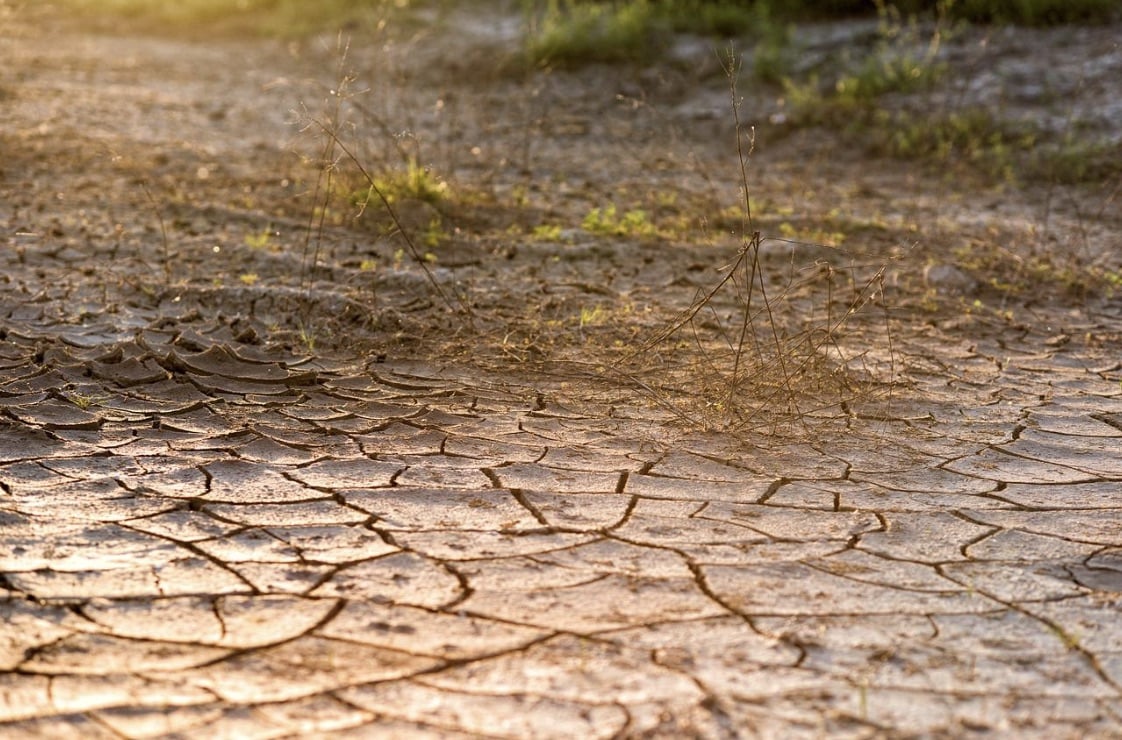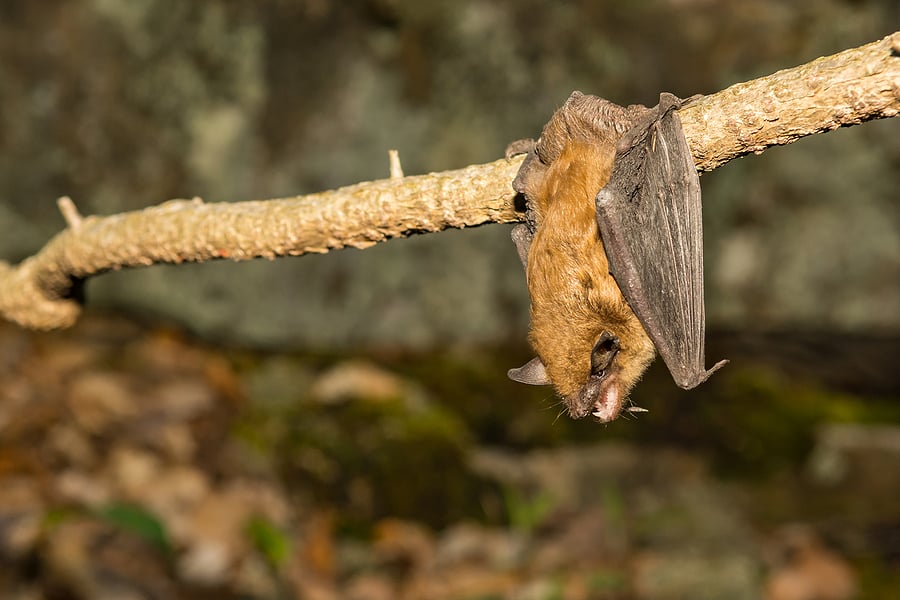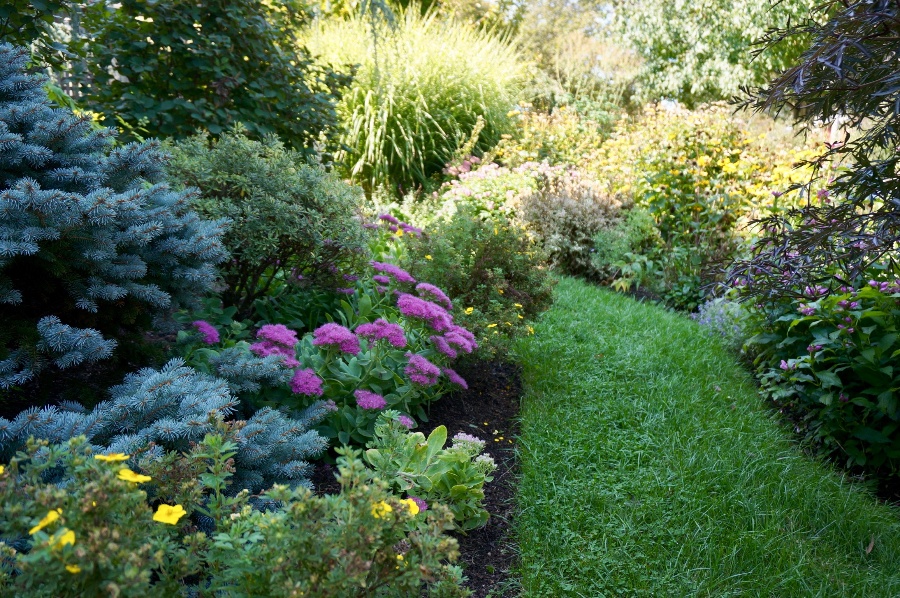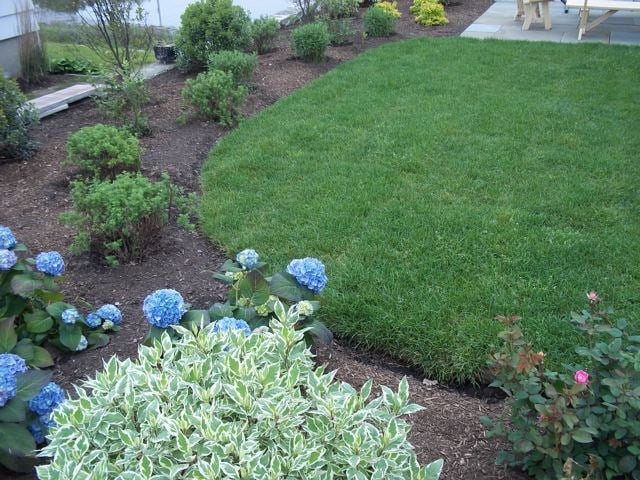Nothing improves the beauty of a yard and the curb appeal of a home more than the right plantings. Color, texture, size, and shape combine to create a unique and attractive environment that adds value as well as beauty to your property.
Unfortunately, many homes suffer from less-than-stellar plantings as the result of neglect, disinterest, and just plain old lack of imagination. You can spot some of these homes from a mile away by their plop-and-drop, contractor-special shrubs scattered around the house in cookie-cutter beds. But it doesn’t have to be this way. If your yard is suffering from poor plantings, this post will provide you with what you need to know to quickly upgrade your beds.
Here are some tips for selecting the right plants to turn your beds from so-so to stand-out landscaped front yard:
 Analyze your environment. No matter how green your thumb, no plant will do well if it’s forced to live in an environment for which it is not well-suited. It’s vital that you carefully analyze your plant bed’s location and conditions: how much sun or shade does it receive? What’s the soil like – is it acidic, stony, sandy, wet or dry? How much exposure will your bed have to wind, rain, and stormy conditions?
Analyze your environment. No matter how green your thumb, no plant will do well if it’s forced to live in an environment for which it is not well-suited. It’s vital that you carefully analyze your plant bed’s location and conditions: how much sun or shade does it receive? What’s the soil like – is it acidic, stony, sandy, wet or dry? How much exposure will your bed have to wind, rain, and stormy conditions?
For example, many plants are impacted by high wind areas in the winter. For example you can get burnout with many evergreen plants like Pieris (Andromeda) or Kalmia (Mountain Laurel).
Know how they grow. Don’t fall prey to falling in love with a plant at your local garden center because you just love the color or the interesting leaves. It’s best to select plants knowing how they’ll grow and change over their life cycles. Today’s cute, little plant can grow into tomorrow’s shade-throwing monster that takes over a bed and muscles the other plants out. If you’re buying your plants at one of those big-box national chain stores, make sure that the ones you’re considering are actually suitable for where you live. The US Department of Agriculture (USDA) has developed something called the Hardiness Zone Map which segments the country into environmental zones for which plants are rated. Most plants will carry a tag that lists their hardiness zone rating so you can match the plant to where you live.

Great foundation plants for Massachusetts are:
-
 Fothergilla. It is deciduous and it develops really cool white flowers that look like brush heads that bloom early before the leaves and have wonderful fall color and scent. Fothergilla is also a native plant.
Fothergilla. It is deciduous and it develops really cool white flowers that look like brush heads that bloom early before the leaves and have wonderful fall color and scent. Fothergilla is also a native plant.- A deciduous rhododendron (rhododendron viscosum) because it is a native rhododendron and blooms later in the season when you need it instead of the beginning. Be sure to select the right size plant and keep it pruned.
- The Rhododendron purple gem is a good one because it is compact, slow growing and won’t overgrow your foundation.
- There are many more and the trick is to know how plants grow and what size they will become so they will work well in your foundation for a lifetime.
Variety is your friend. Nobody likes a boring bed filled with plants all the same size, color, and texture. You really want a mixture of plants that grow to varying heights, sizes, and textures. Select plants that will grow in layers and bloom at different times to provide a lush density and near-continuous color. Even if your preference is for plants that don’t offer colorful blooms, select plants in various shades of green, yellows, reds, and variegations (blends of colors and patterns), if possible.
Some examples of plants that have different colored leaves and textures are:
-
 Plants such as the lower varieties of Junipers that stay low can be accents such as Junipers Chinensis Gold Star and possibly the Juniper Procumbens Mana.
Plants such as the lower varieties of Junipers that stay low can be accents such as Junipers Chinensis Gold Star and possibly the Juniper Procumbens Mana. - Lower plants like Picea Pungens Glauca Montgomery
- Leucothoe varieties like Girards Rainbow
- For texture add Potentilla which is native and has really featherly texture leaves and blooms all season and comes in many different colors. They are really low maintenance as well
Make it welcoming. A good plant bed doesn’t have to be all color and drama. What’s important is the idea of using plants to enhance your yard and make you feel good every time you look at it. Plantings are an excellent way to create an environment and experience for the people who engage with it. For example, you may want to create a soft and lush pathway along a front sidewalk that welcomes friends and family to your home and invites them in. If you have a particular plant color you like – say, burgundy leaves or blooms -- select plants to complement that color scheme and plant them in key spots to attract the eye and lead your visitors visually into your property.
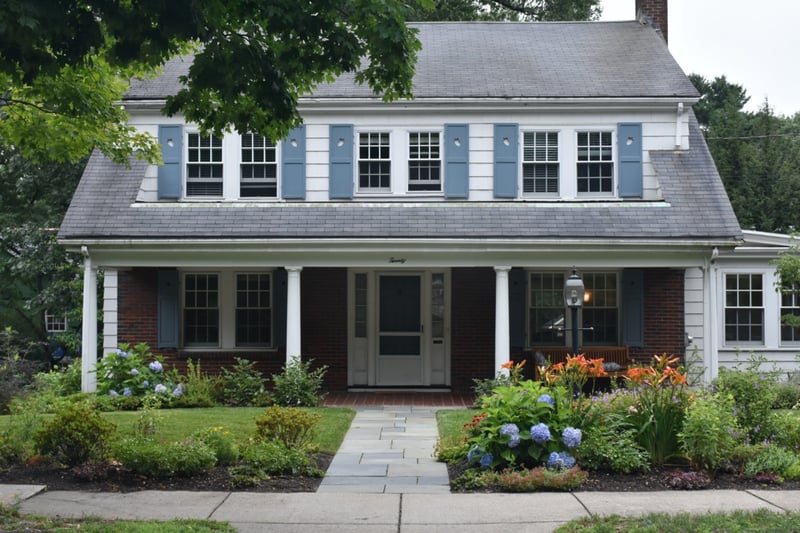
Pruning is good – until it isn’t. Just about every shrub and tree can benefit from regular, proper pruning. Pruning encourages robust new growth and enables the plant to be shaped to fit the space it’s in and your creativity. However…older plants that have been in the ground for a decade or two can start to look pruned over and eventually lose their vibrancy and ability to grow out naturally. At that point, it’s best to simply replace the plant, being careful to select one that will integrate well with the bed’s overall look and not quickly grow out of the space it’s in.
Plant beds should not be boring. It takes just about the same effort to install and maintain an attractive, interesting, and unique bed as it does a bed filled with lots of me-too, boring shrubs, trees, and flowers. Look for sustainability in the plants you select, understanding that they will grow and change over time – just like people – and with a little care and maintenance you’ll have plant beds you can be proud of for years to come.
Now that you have learned about the best foundation plants for great curb appeal and organic landscaping methods, consider drilling in and downloading the eBook titled "10 Common Common Gardening Mistakes that Hurt the Environment."



 Analyze your environment. No matter how green your thumb, no plant will do well if it’s forced to live in an environment for which it is not well-suited. It’s vital that you carefully analyze your plant bed’s location and conditions: how much sun or shade does it receive? What’s the soil like – is it acidic, stony, sandy, wet or dry? How much exposure will your bed have to wind, rain, and stormy conditions?
Analyze your environment. No matter how green your thumb, no plant will do well if it’s forced to live in an environment for which it is not well-suited. It’s vital that you carefully analyze your plant bed’s location and conditions: how much sun or shade does it receive? What’s the soil like – is it acidic, stony, sandy, wet or dry? How much exposure will your bed have to wind, rain, and stormy conditions? 
 Fothergilla. It is deciduous and it develops really cool white flowers that look like brush heads that bloom early before the leaves and have wonderful fall color and scent. Fothergilla is also a native plant.
Fothergilla. It is deciduous and it develops really cool white flowers that look like brush heads that bloom early before the leaves and have wonderful fall color and scent. Fothergilla is also a native plant. Plants such as the lower varieties of Junipers that stay low can be accents such as Junipers Chinensis Gold Star and possibly the Juniper Procumbens Mana.
Plants such as the lower varieties of Junipers that stay low can be accents such as Junipers Chinensis Gold Star and possibly the Juniper Procumbens Mana. 



